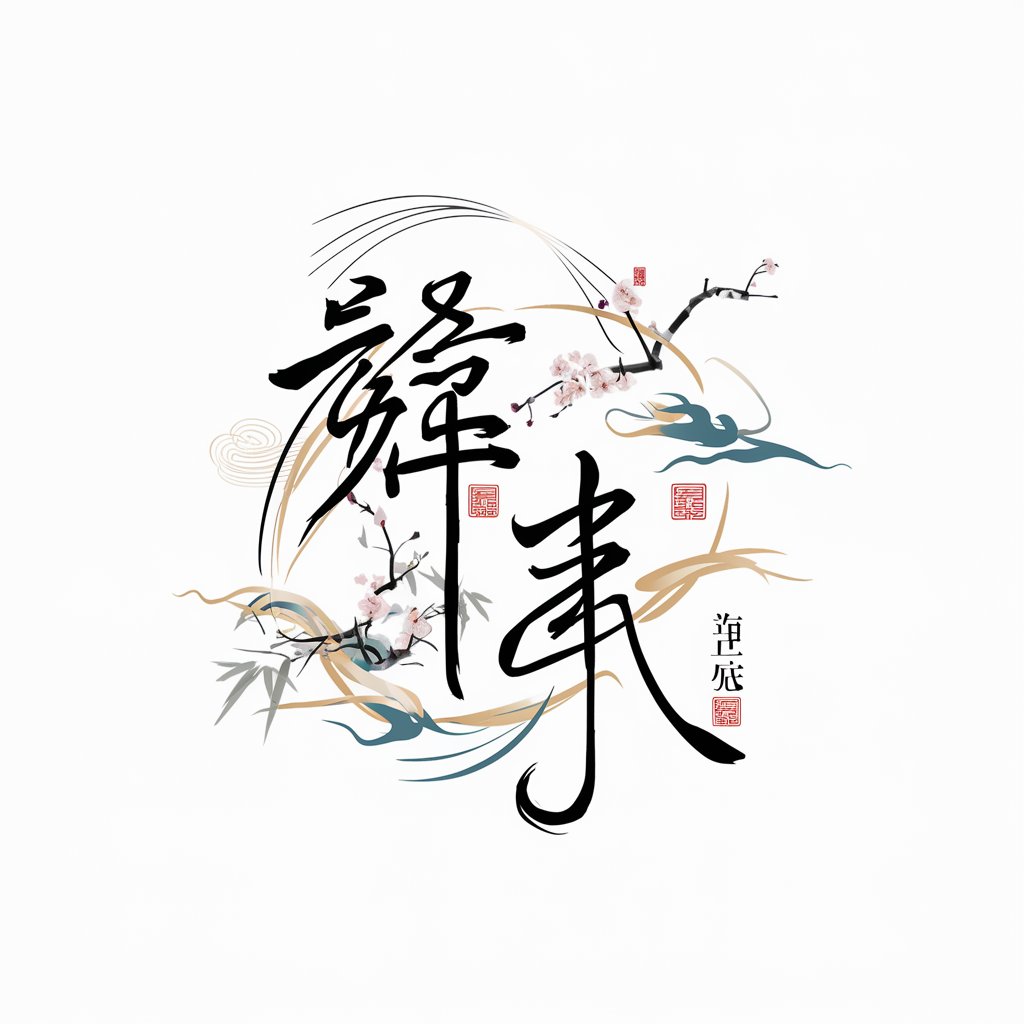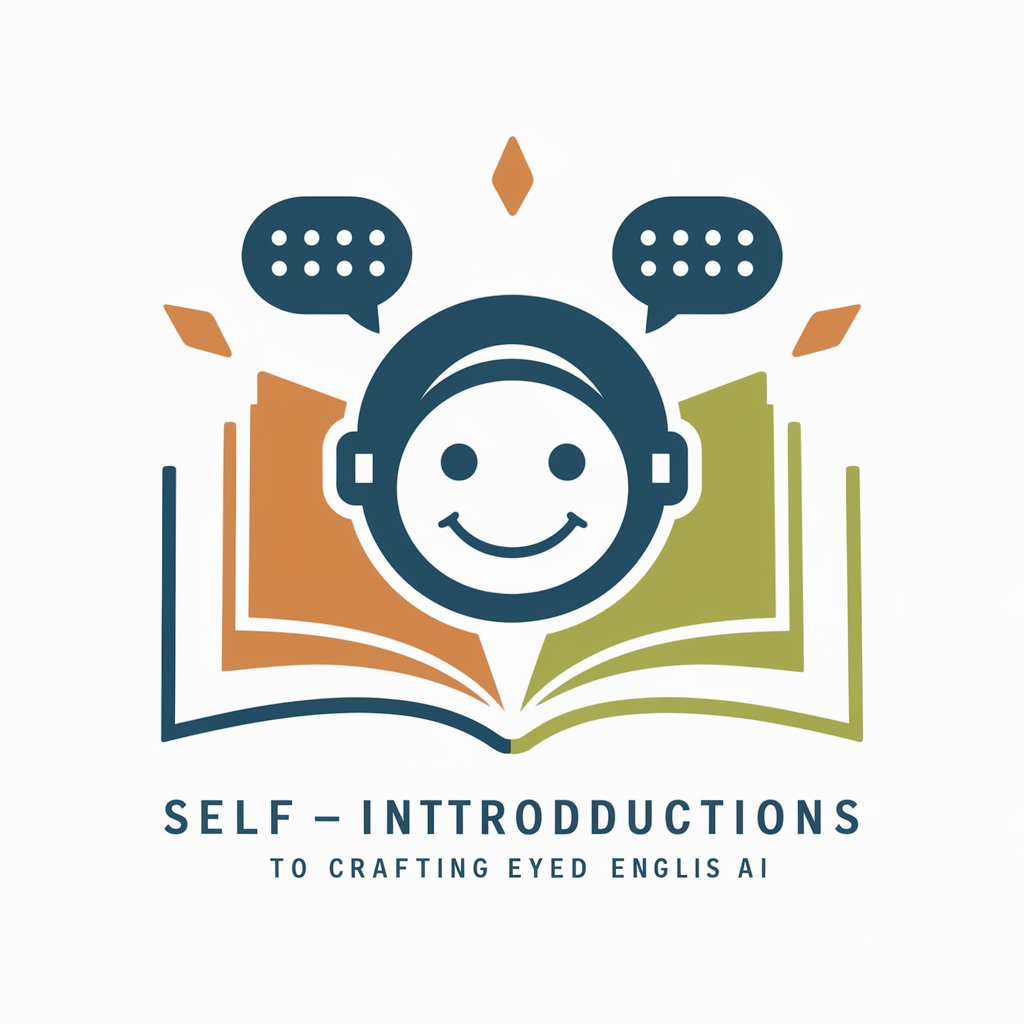Chinese Poem & Japanese Haiku - Traditional Poem Generation

Welcome to a world where poetry and art intertwine.
Bringing ancient poetry to modern creativity.
Describe a serene scene in the style of a traditional Chinese landscape painting.
Compose a haiku that captures the fleeting beauty of a cherry blossom.
Imagine an ancient Chinese poet writing under a full moon. Describe the scene.
Write a haiku that evokes the stillness of a snowy winter night.
Get Embed Code
Overview of Chinese Poem & Japanese Haiku
Chinese Poem & Japanese Haiku is designed to bridge the rich cultural heritages of East Asian literature and the modern digital experience, enabling users to interact with, create, and appreciate the nuanced beauty of these traditional art forms. By combining the essence of classical Chinese poetry's depth and philosophical reach with the succinct, evocative nature of Japanese haiku, this service provides a unique platform for users to explore and generate poetic expressions. It translates visual art into poetic forms, offering a new perspective on images through the lens of traditional aesthetics. Powered by ChatGPT-4o。

Core Functions of Chinese Poem & Japanese Haiku
Artistic Transformation
Example
When a user uploads an image, the service transforms this image into a style reminiscent of Chinese or Japanese traditional paintings and then generates relevant poetry. For instance, an uploaded image of a landscape could be reimagined as a Chinese shan shui painting, accompanied by a fitting classical poem or a haiku.
Scenario
An art student uploads a photo of a serene lake. The service interprets this image within the frameworks of Chinese and Japanese aesthetics, generating a corresponding poem that reflects the mood and setting, which the student then uses for a class presentation on cross-cultural artistic expressions.
Educational Tool
Example
The platform serves as an educational resource, offering insights into the structure, themes, and historical contexts of Chinese and Japanese poetry. It can demonstrate, for example, the evolution of haiku from the earlier hokku and its integration into haibun, using classic works as references.
Scenario
A literature teacher uses the service to demonstrate to students how natural imagery and seasonal references are crafted in haiku and Chinese poetry, aiding in the understanding and appreciation of these forms' brevity and depth.
Cultural Engagement
Example
Users can explore a vast library of pre-existing poems, learn about their authors, and understand the cultural and historical significance of various themes and motifs prevalent in East Asian poetry.
Scenario
A cultural enthusiast explores the platform to gain deeper insights into East Asian aesthetics and philosophical underpinnings, engaging with both the poetry and the art to prepare for a cultural exchange event.
Target User Groups for Chinese Poem & Japanese Haiku
Art and Literature Enthusiasts
Individuals with a deep appreciation for poetry and traditional art forms find value in exploring, creating, and learning through the platform. They benefit from engaging with the nuanced expressions of human experience and natural beauty encapsulated in these poetic forms.
Educators and Students
Teachers and students in the fields of literature, art, and cultural studies use the service as a learning tool, accessing its rich repository of content to illustrate lessons, inspire creativity, and deepen understanding of East Asian cultural heritages.
Cultural Historians and Researchers
Scholars and enthusiasts of cultural history utilize the platform to conduct research, draw connections between artistic expressions across different eras, and analyze the evolution and influence of traditional East Asian poetry and art.

How to Use Chinese Poem & Japanese Haiku
1
Begin by accessing the tool through yeschat.ai for a hassle-free trial, allowing immediate usage without the need for logging in or subscribing to ChatGPT Plus.
2
Select the type of poetic form you're interested in exploring—either Chinese Poem or Japanese Haiku—to match your creative or academic needs.
3
Input your theme or inspiration. This could be nature, emotions, a particular event, or any other subject you wish to express poetically.
4
Customize your request by specifying any traditional elements or stylistic features you'd like to include, such as seasonal references for haikus or tonal patterns for Chinese poems.
5
Review the generated poem and use it as is or as a base for further refinement. Experiment with different inputs to explore the wide range of poetic expressions the tool can produce.
Try other advanced and practical GPTs
ChatBPM-X
Streamlining Business Processes with AI

Virtual God
AI-powered wisdom from world religions

One Liner
Craft witty one-liners with AI

Hotels
Your AI-Powered Travel Companion

英語自己紹介を作ろう!
Craft Your English Intro with AI

Daily Manifestation Companion
Empower Your Goals with AI-Powered Manifestations

Tech Gadget Advisor Pro
Empowering Your Tech Choices with AI

AnimeFusion
Transform yourself into anime, effortlessly.

SurveyStance - Survey Question Generator
Empower surveys with AI-driven questions

AI Math Master
Empowering Math Learning with AI

Playground
Empowering Exploration with AI

Vacation Planner
Craft Your Journey with AI

Frequently Asked Questions about Chinese Poem & Japanese Haiku
What distinguishes Chinese Poems from Japanese Haikus in this tool?
Chinese poems often follow strict tonal patterns and may tell a story or present a philosophical idea, while Japanese haikus focus on capturing a moment in nature or life, typically in a 5-7-5 syllable structure. This tool adapts to these distinctions, ensuring the generated content aligns with the respective cultural and structural nuances.
Can I customize the length and style of the poems generated?
Yes, the tool allows customization of both length and style. For Chinese poems, you can specify the number of lines and for haikus, although traditionally three lines, you can request variations in style to better suit your creative vision.
Is it possible to input specific themes or emotions for the poem?
Absolutely. The tool is designed to generate poems based on the themes or emotions you input, allowing for a personalized poetic expression that can range from joy and sorrow to the beauty of the seasons.
How can educators use this tool in an academic setting?
Educators can use this tool to introduce students to traditional Eastern poetry, demonstrate the art of syllable count and imagery in haikus, or explore the depth of Chinese poetic expressions. It's also useful for creative writing exercises or as a cultural exploration tool.
Does the tool offer translations for poems generated in other languages?
While the primary function is to generate poems in English that reflect the essence of traditional Chinese or Japanese poetry, users can request poems inspired by specific translations or use external tools for translating generated content into other languages.
